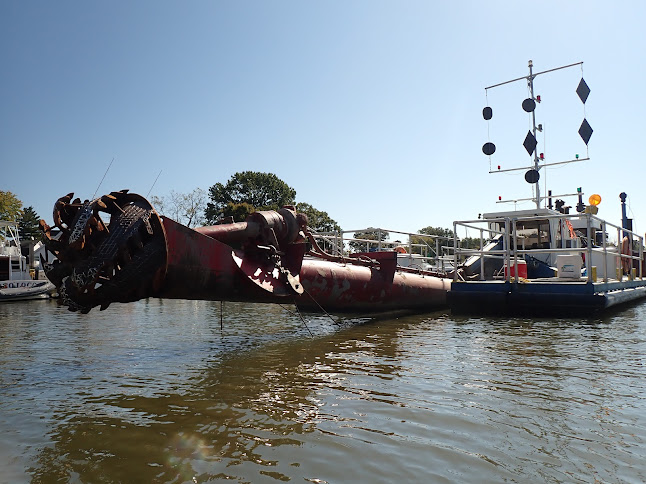Rev. 7-24-2024
18 months later, still the boss. I've dropped it and dropped it in the water. Also very good video, some of which you may have seen on Practical Sailor. (I use ClipChamp as my video editor and Irfan View for stills).
I've been using a Samsung WB150 for the past 15 years or so. Other than not being water proof, which has resulted in a few deaths, I've been happy with the zoom and the sensor quality. Far better resolution and low light capabilites that other pocket cameras of its price range and generation. I like it enough to replace it several times with cheap recon units off Amazon or eBay. This saved me the trouble of learning a new system. But it finally got too long out of production and Samsung exited the camera business to focus on smart phones. Probably a smart move. And I needed an upgrade.
After much hand-wringing, I settled on the Olympus TG6, a waterproof camera with good image quality, some nice features, and a best-in-class reputation.
Close-ups and image stacking. The greatest challenge with close up photography, for me, is shallow depth of field. When you close within a few inches of the subject, the sharp dept shrinks to a fraction of an inch. The solution is for the camera to take a series of images and "stack" them with software. The manual suggests a tripod to hold the camera absolutely motionless, but If you can brace a knuckle on the object, or even control your breath well, it works pretty well free hand. The below images were taken seated but not braced. I'm sure a tripod and timer would have helped.
Standard
With image stacking
Zoom. The range is not as broad as the Samsung (8:1 before digital zoom vs. 5:1), but how often do you actually shoot at full zoom, particularly around boats? One of the weakness is of the Samsung was grit jamming the zoom. The Olympus zoom is inside the waterproof body.
Filters. The Olympus takes a 40.5 mm adapter, which allows the use of standard filters and lens caps. Being on the water, I use a polarizing filter on occasion.
Yup, I could use an advanced cell phone, and I do when that is all I have. They are all you really need, 90% of the time. But I find a phone hard to hold properly. I like a truly pocket sized phone. And One in a while, I like features my phone just does not have.
Hopefully this will last a good long life of light abuse. I've had a few SLRs, and I'm too rough on cameras and just don't need that tiny little extra image quality. I bet you'd be surprise just how high a percentage of the professional images are taken with cell phones these days.



















